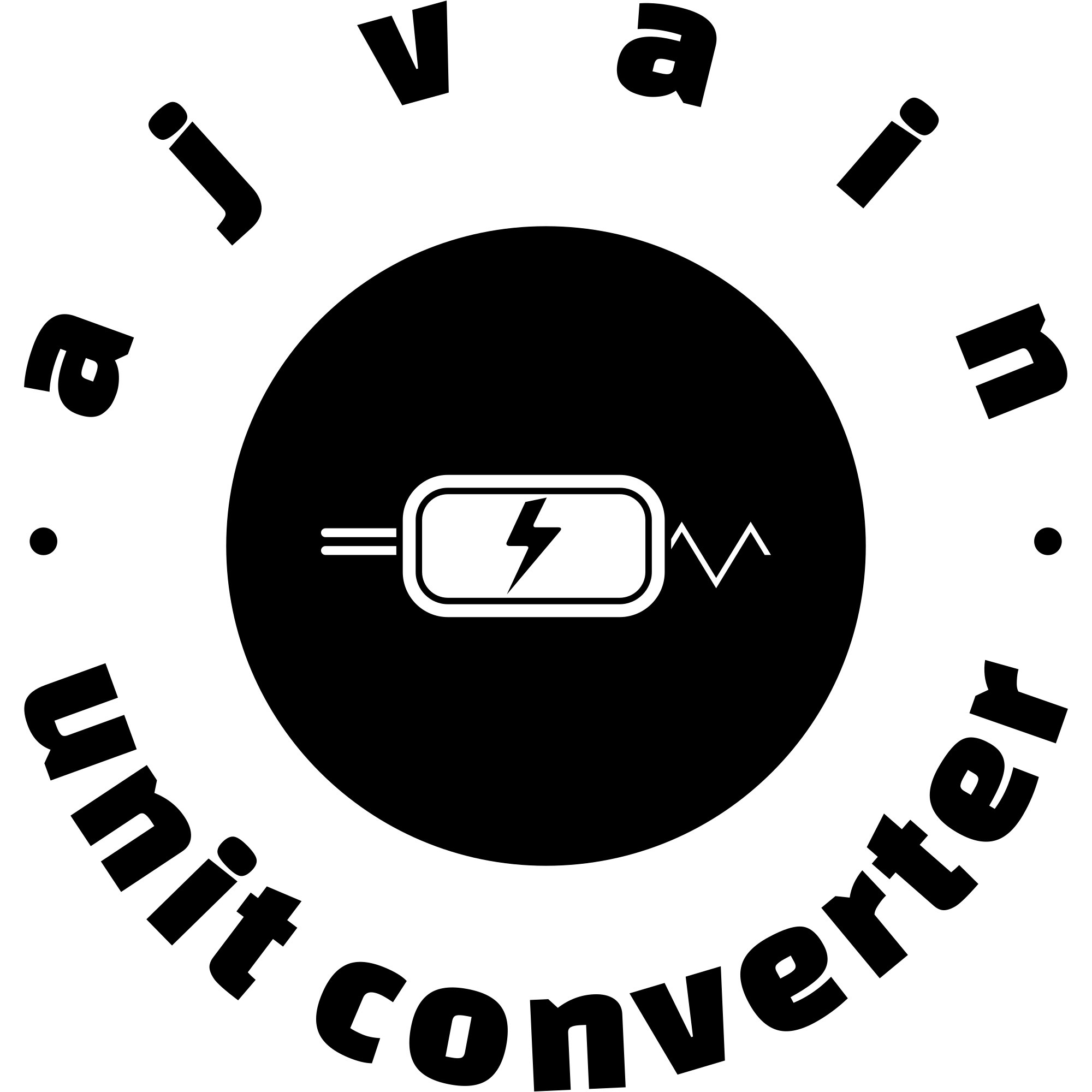Volume Converter
Volume Conversion Challenge
Score: 0
1. Introduction to Volume Conversion
Volume conversion is essential in various fields, including science, engineering, and everyday life. It involves converting between different units of volume, such as liters, milliliters, gallons, and cubic meters. The "Volume Converter" tool is designed to simplify this process by providing accurate and instant conversions between these units. This tool is invaluable for tasks that require precise measurements and conversions.
2. Key Features of the Volume Converter Tool
2.1. Wide Range of Supported Units
The Volume Converter tool supports a diverse array of units, including liters (L), milliliters (mL), cubic meters (m³), gallons (US and UK), quarts, pints, and fluid ounces. This extensive coverage ensures users can convert between commonly used and specialized units as needed.
2.2. Real-Time Conversion
The tool provides real-time conversion capabilities. As users input a value and select units, the tool immediately updates the converted value. This feature enhances usability by providing instant feedback and eliminating the need for manual calculations.
2.3. Responsive Design
The Volume Converter tool is designed to be responsive, meaning it works effectively across various devices, including desktops, tablets, and smartphones. This adaptability ensures users can access and use the tool on any device.
2.4. High Precision
Users can specify the number of decimal places for the conversion result, allowing for high precision. This feature is particularly useful for scientific and engineering applications where exact measurements are crucial.
2.5. User-Friendly Interface
The tool’s interface is designed to be intuitive and easy to navigate. It features clearly labeled input fields, dropdown menus for unit selection, and straightforward buttons for performing conversions. This simplicity ensures that users of all levels can use the tool effectively.
2.6. Swap Functionality
A "Swap" button allows users to quickly interchange the source and target units, facilitating the reverse conversion process. This feature enhances convenience and efficiency.
2.7. Error Handling and Validation
The tool includes error-handling mechanisms to ensure only valid data is processed. It checks for invalid inputs, such as non-numeric values, and provides appropriate error messages to guide users in correcting their inputs.
2.8. Customizable Options
Advanced users or developers can customize the tool to fit specific requirements. Customization options may include adding or removing units, adjusting precision settings, or integrating the tool into larger applications.
3. Mathematical Principles Behind Volume Conversion
3.1. Conversion Factors
The core principle of volume conversion is the use of conversion factors. A conversion factor expresses the relationship between two units of volume. Converting between units involves multiplying or dividing by these factors.
3.2. Basic Conversion Formula
The general formula for converting volume from one unit to another is:
Converted Volume = Original Volume × Conversion FactorWhen converting from a larger unit to a smaller unit, multiply by the conversion factor. Conversely, when converting from a smaller unit to a larger unit, divide by the conversion factor.
3.3. Examples of Volume Conversion
Example 1: Converting Liters to Milliliters
Problem: Convert 3 liters to milliliters.
Solution: The conversion factor between liters and milliliters is 1,000 (since 1 liter = 1,000 milliliters).
Calculation:
Converted Volume = 3 L × 1,000 mL/L = 3,000 millilitersResult: 3 liters is equal to 3,000 milliliters.
Example 2: Converting Gallons to Liters
Problem: Convert 2 gallons (US) to liters.
Solution: The conversion factor between US gallons and liters is approximately 3.785 (since 1 US gallon ≈ 3.785 liters).
Calculation:
Converted Volume = 2 gal × 3.785 L/gal ≈ 7.57 litersResult: 2 US gallons is approximately equal to 7.57 liters.
Example 3: Converting Cubic Meters to Cubic Feet
Problem: Convert 5 cubic meters to cubic feet.
Solution: The conversion factor between cubic meters and cubic feet is approximately 35.315 (since 1 cubic meter ≈ 35.315 cubic feet).
Calculation:
Converted Volume = 5 m³ × 35.315 ft³/m³ ≈ 176.575 cubic feetResult: 5 cubic meters is approximately equal to 176.575 cubic feet.
4. Handling Complex Conversions
The Volume Converter tool can handle more complex conversions involving less commonly used units or specific industry requirements. This includes conversions between metric and imperial systems, as well as specialized units used in certain fields.
5. Conclusion
The Volume Converter tool is an essential utility for performing accurate and efficient volume conversions. Its comprehensive range of supported units, real-time conversion capabilities, and user-friendly design make it a valuable resource for both everyday use and specialized applications. Whether you need to convert liters to gallons, cubic meters to cubic feet, or any other volume units, this tool provides a reliable and effective solution.
Sponsored Links
Advance Common Convert
- Angel Converter
- Area Converter
- Case Converter
- Currency Converter
- Data Storage Converter
- Energy Converter
- Force Converter
- Fuel Consumption Converter
- Length Converter
- Numbers Converter
- Power Converter
- Pressure Converter
- Speed Converter
- Temperature Converter
- Time Converter
- Volume Dry Converter
- Volume Converter
- Weight and Mass Converter
